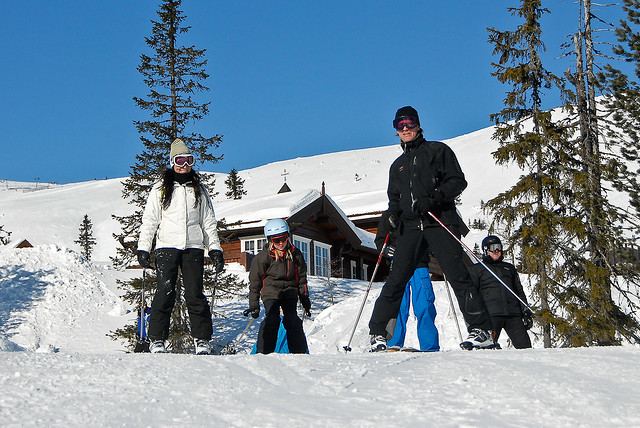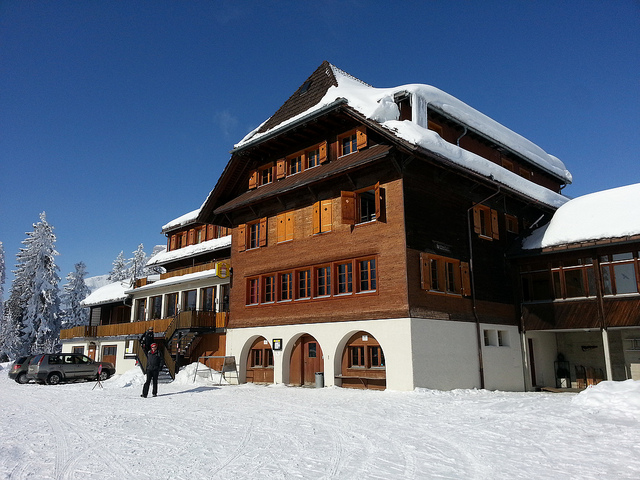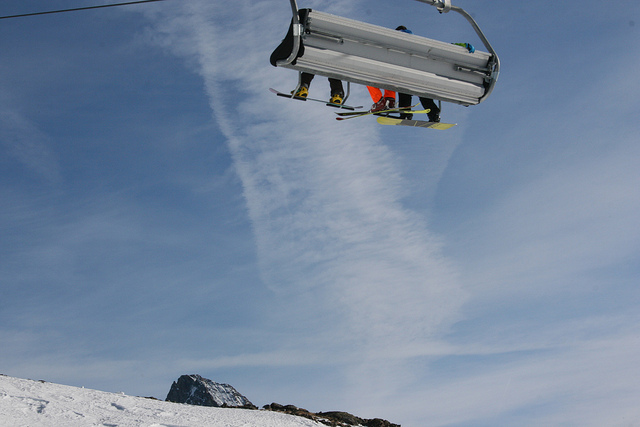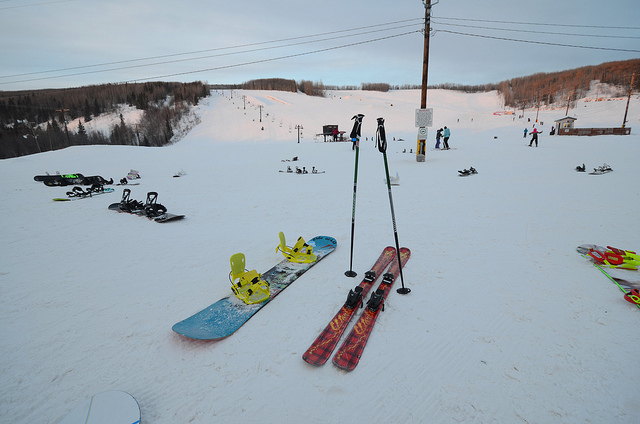There’s a myth that ski holidays are expensive. With all the special kit, lift passes, accommodation and resort transfers to consider, that can be the case.
But if you plan ahead, prepare properly and shop in the right places, a ski holiday doesn’t have to cost as much as you think. Here’s a look at how you can save a bit of cash.
Where to go
Ski resorts vary in price, with resorts such as Verbier and Val d’Isère in France and Switzerland coming in as expensive European ski destinations. Instead, look at resorts in Spain, Andorra and Eastern Europe if you’re on a budget: you’ll certainly save a few quid, or smaller resorts in France where prices are lower.
Staying in a smaller ski village is generally cheaper than a larger resort, although you may have to compromise on certain aspects such as the number of bars and restaurants for apres ski.
If you’re new to it all, our guide to Europe’s ski resorts will give you a good introduction.
When to go
As with other types of holidays, skiing during any school holidays or at Christmas generally means paying more for your holiday – and the slopes will be busy, too. Use price comparison sites like ours to find a deal at peak periods, and consider self catering apartments to bring the cost down.
Although conditions can be more unpredictable, if you choose to ski during the early or late season (either November or March) you should be able to find a much better deal.
Likewise, if you’re flexible on dates or can travel outside of school holidays, then last minute deals are your best bet.
Where to stay
A fully-catered chalet is great for that typical mountain experience, but it’s also the most expensive option. However, if getting breakfast, afternoon tea, dinner (and sometimes wine) included appeals, you can often get really cheap deals from ski companies looking to fill empty spaces in chalets a couple of days before travel – so if you can, hang on for a last minute bargain.
Chalets can also be a great way for solo skiers, couples and small groups to meet other like-minded people.
Otherwise, a self-catered apartment is much better value for money and allows you to save by cooking your own food – you may also be able to find some great deals by booking in advance.
It’s worth noting that you’ll probably be spending most of your time out on the slopes anyway, so luxury accommodation is not always a necessity.
Lift passes
Buying your lift passes online in advance can be a good idea, although you do run the risk of the exchange rate changing. If you want to wait until you’re out there, you’ll be able to choose from various passes such as single run tickets (ideal for beginners), family deals, day passes, week passes or 10-day passes.
If you plan to ski for some days and rest on others, you can often find a ‘ski 4 out of 6 days’ type pass, which means you’re not paying for the days when you’re not on the slopes.
Equipment
Save on your boots, skis, helmets and boards by booking in advance and collecting once you arrive at your resort – it’s worth checking out comparison sites such as Snow Rental for this.
Alternatively, if you plan on skiing more than once or twice a year, it may work out cheaper to buy your own equipment, particularly boots, where comfort is important. For general snow wear, shops such as TKMaxx are great for picking up last season’s ski clothes, including goggles and socks.
It doesn’t have to be brand new though; there are many places that offer excellent quality second hand equipment (such as eBay), or you can also grab a bargain if you visit ski shops towards the end of a season such as in March or April.
What are your money saving tips for ski holidays?
Images: Skista Trysil, Goodjon, Kim McKelvey, Skista Trysil, Fort Wainwright Public Affairs Office










Comments are closed.